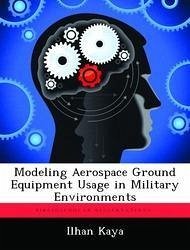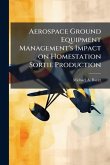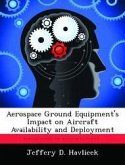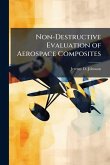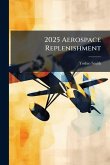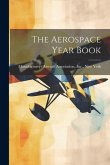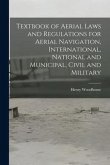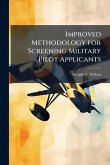The U.S. Air Force is developing Modular Aircraft Support System (MASS) program to replace the current Aerospace Ground Equipment (AGE). AGE supplies electricity, nitrogen, hydraulics and other support equipment to maintenance activities at the flight line. Current AGE makes up one-third of the deployment footprint. AGE is also mostly aircraft specific, and has reliability problems. The MASS alternative focuses on modularity based on a plug-and-play approach. The technological improvements and possible reduction in the footprint make MASS a good alternative. The AF has to determine now, whether MASS can supply similar functionality and decrease the deployment footprint to theater, while not degrading logistics support for the missions. The primary focus in this thesis is to determine the important factors that have impacts on Flying Scheduling Effectiveness (FSE), to decrease the footprint related to the important factors and MASS substitution. The maintenance requirements are examined for the flight line support of 3 types of aircrafts (F16CJ, F15C, and F15E) sent to the theater for the Aerospace Expeditionary Force (AEF) and for 7-days period. This thesis re-engineers the AWESIM model created by O'Fearna (1999) and extended by Festejo (2000), into ARENA software. The use of Response Surface Methodology (RSM) with simulation is introduced. This work has been selected by scholars as being culturally important, and is part of the knowledge base of civilization as we know it. This work was reproduced from the original artifact, and remains as true to the original work as possible. Therefore, you will see the original copyright references, library stamps (as most of these works have been housed in our most important libraries around the world), and other notations in the work. This work is in the public domain in the United States of America, and possibly other nations. Within the United States, you may freely copy and distribute this work, as no entity (individual or corporate) has a copyright on the body of the work. As a reproduction of a historical artifact, this work may contain missing or blurred pages, poor pictures, errant marks, etc. Scholars believe, and we concur, that this work is important enough to be preserved, reproduced, and made generally available to the public. We appreciate your support of the preservation process, and thank you for being an important part of keeping this knowledge alive and relevant.
Bitte wählen Sie Ihr Anliegen aus.
Rechnungen
Retourenschein anfordern
Bestellstatus
Storno

